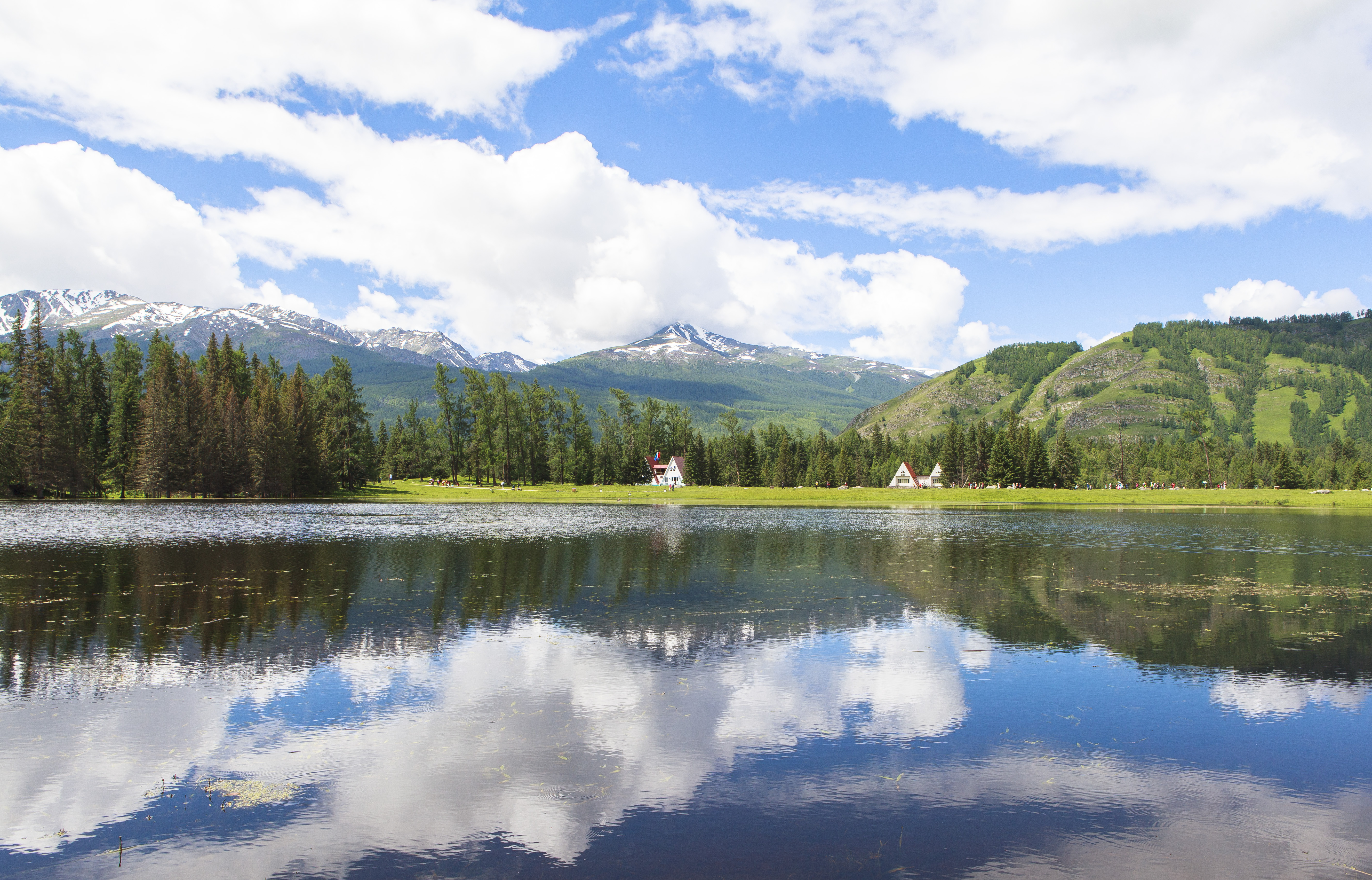The mysterious land of Xinjiang gradually appears to many tourists through stories of nomadic life wandering with clouds and sky, magical blue lakes, white mountain ranges all year round. And the flower carpets that change color with the seasons have painted a perfect paradise on earth.

The vast autonomous region of Xinjiang is defined by three towering mountain ranges: Kunlun, Pamir and Tianshan. In the 7th century, this was where the eminent monk Xuanzang had to stop for a while before crossing the rugged snowy mountains towards the West to seek Buddhist scriptures. Even earlier, when Guangwu of the Han Dynasty conquered the western lands, reaching the border of present-day Afghanistan, the Silk Road was consolidated and expanded. Xinjiang became a bustling place for traders to come and go, with products exchanged from all over the world.
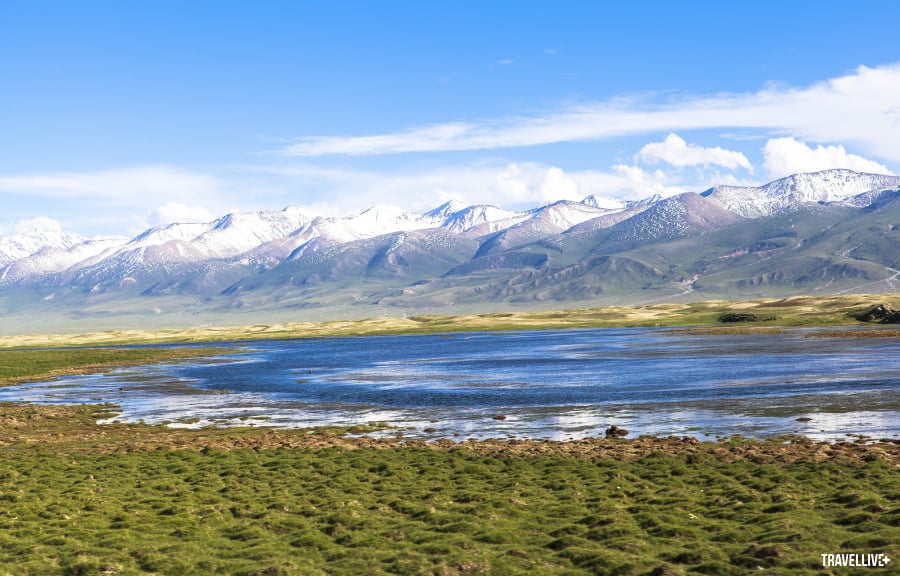
The Land of the Uyghurs
The entire region north of the Tian Shan Mountains is inhabited by the Uyghurs and other ethnic minorities. Historically, the name “Uyghur” (called Uyghur in Chinese) referred to the Turkic-speaking tribes living in the Altay Mountains. Although Xinjiang is thousands of kilometers away from Turkey, the Uyghurs and Turks share a very close language and culture as they are both Turkic ethnic groups.
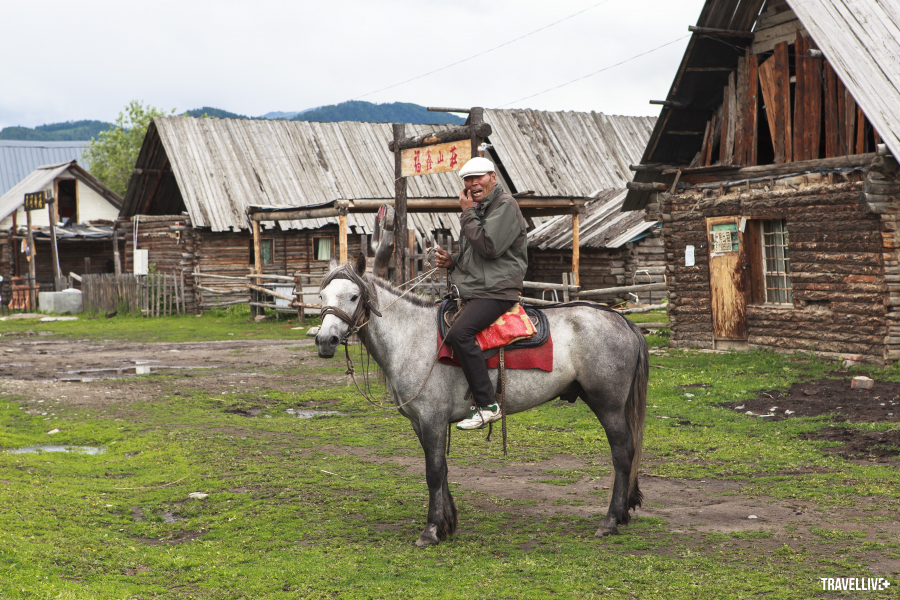
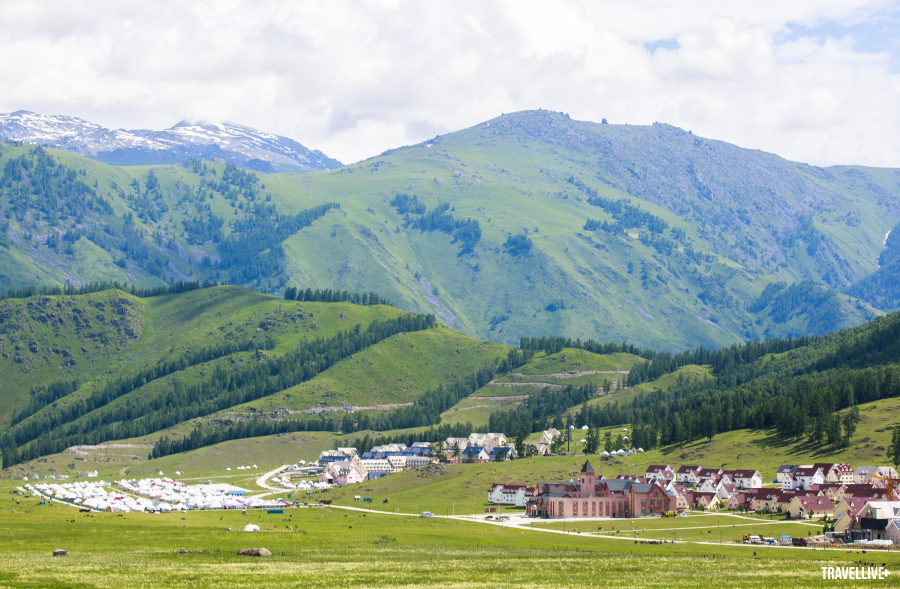
Visitors often enter Xinjiang through the capital city of Urumqi, which is farther from the sea than any other city in the world. It is now home to Han, Uyghur, Hui and Kazakh peoples. Urumqi attracts tourists because this remote city is bustling with people from all over the world coming to exchange goods, just as it was 2,000 years ago on the ancient trade route system.
The Uyghur people, who currently account for over 45% of Xinjiang, have very different physical features. Some are short, with slightly yellow skin, black hair, and small eyes; some are tall, with white skin, yellow or light blue eyes, high straight noses, and reddish-brown or brown hair and beards. This is the result of the bloodline mixing between Arab, Roman, Greek, and Persian peoples on the Silk Road over the course of a thousand years. It is this intermingling that has helped the Uyghurs form a diverse and extremely unique cultural identity with Turkish dances mixed with Central Asia and traditional dances of the Han people later on. The Uyghurs in the past were also a good and brave army, with horse riding and crossbow skills not inferior to the Mongols.
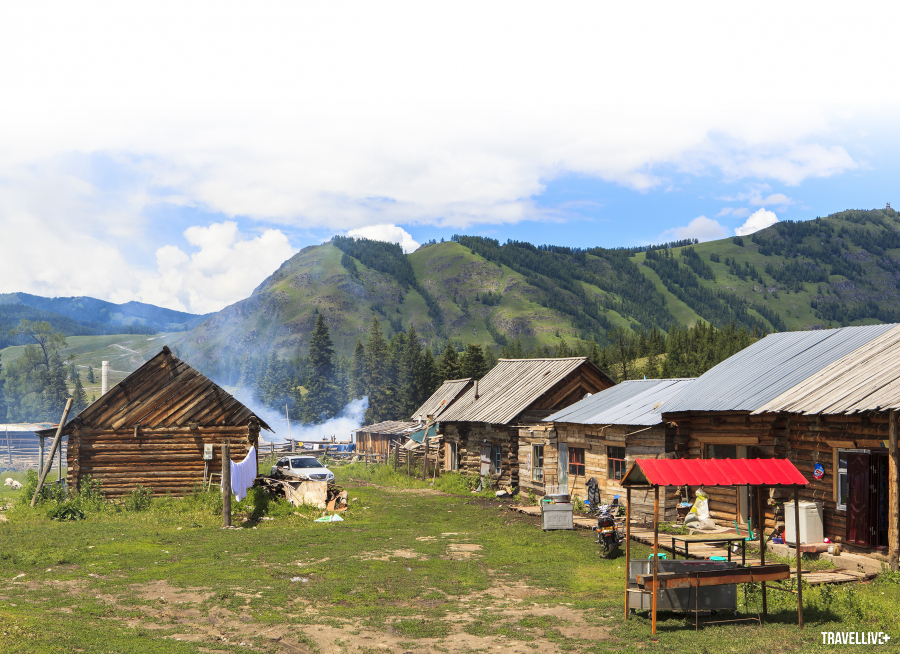
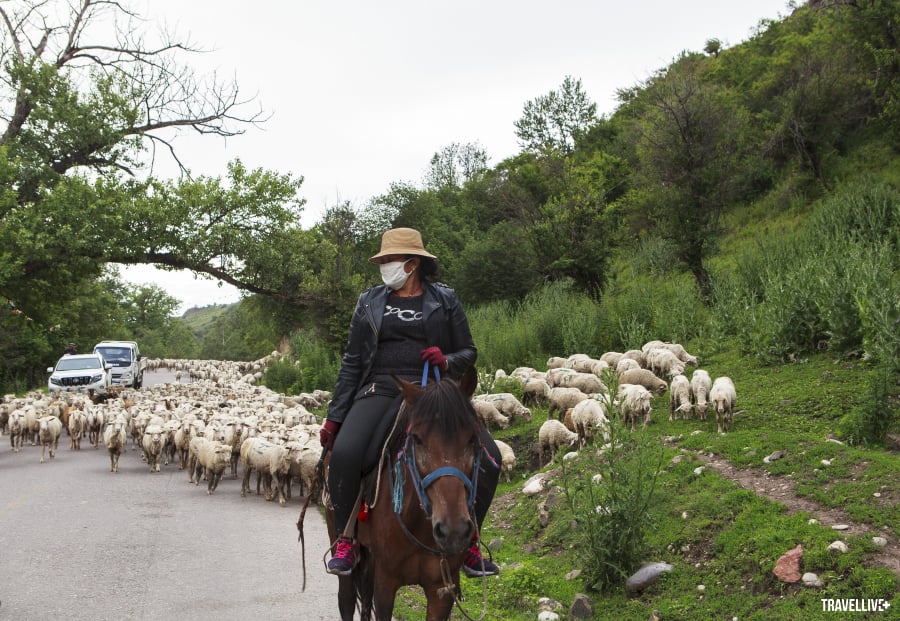
Land of cultural diversity
Xinjiang in Chinese means "New Frontier". This place name was used in the 18th century during the Qing Dynasty. The terrain here is extremely rich and diverse. We can see a bit of Mongolia with green grasslands dotted with nomadic camps of the indigenous people. Or a Central Asia with traces of ancient citadels, a bit of Europe with colorful carpets and a bit of the Middle East with majestic mosques.
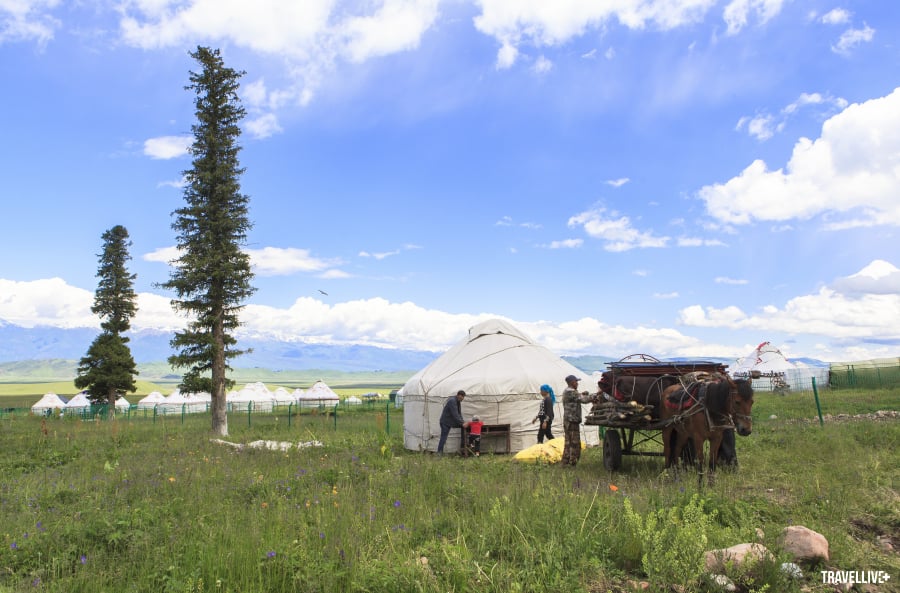
Each season, the land here wears a new coat. Spring is brilliant with peach and plum blossoms; summer is dyed purple by fragrant lavender fields in Ili, somewhere are fields of sunflowers and rapeseeds shining yellow in the sun. The Tarim River with its stunning autumn scenery leaves visitors stunned. Carpets of yellow and red leaves reflect themselves in the emerald green water. The picture covers a beautiful range of colors that no artist can describe in his paintings.
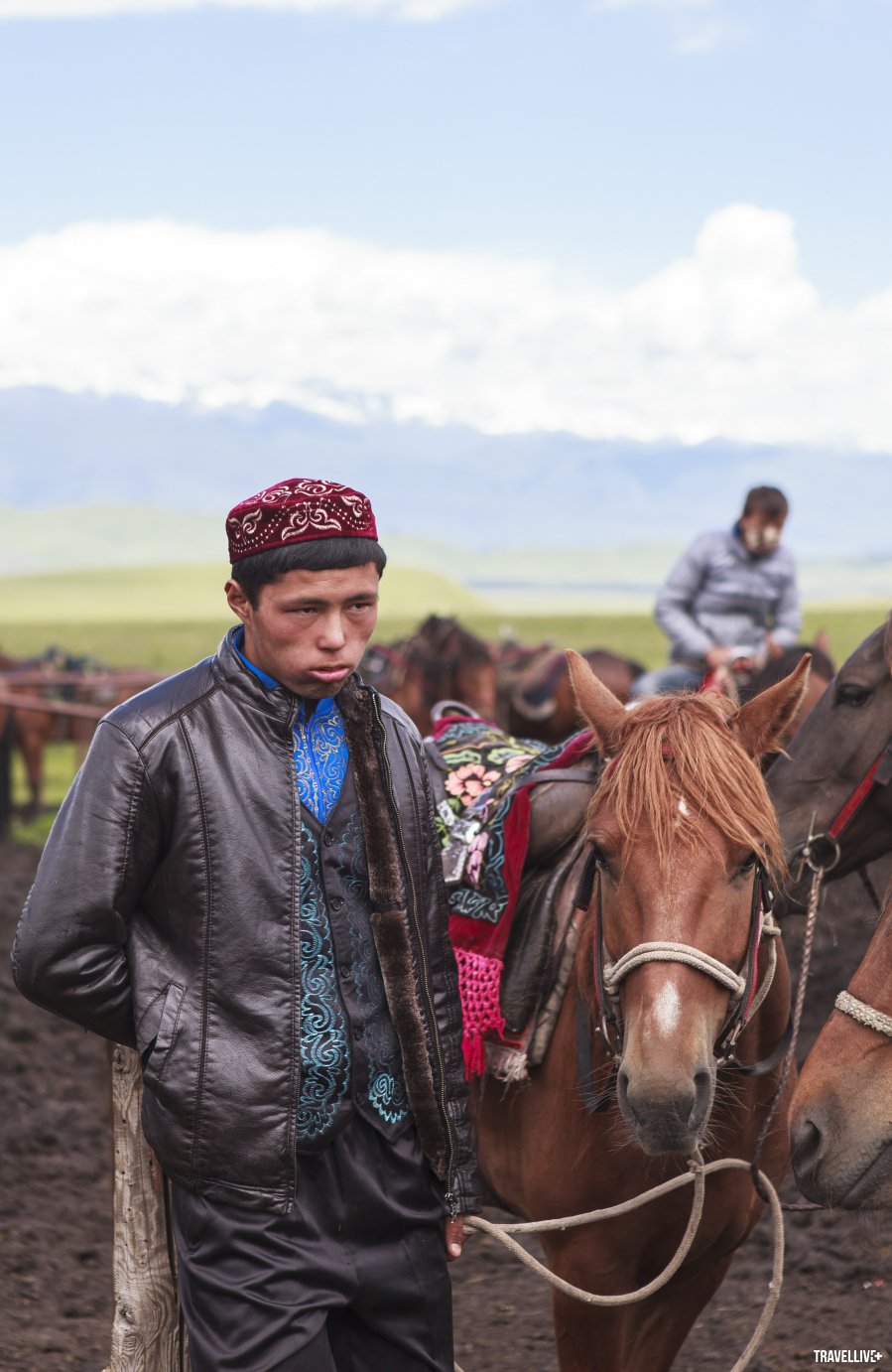
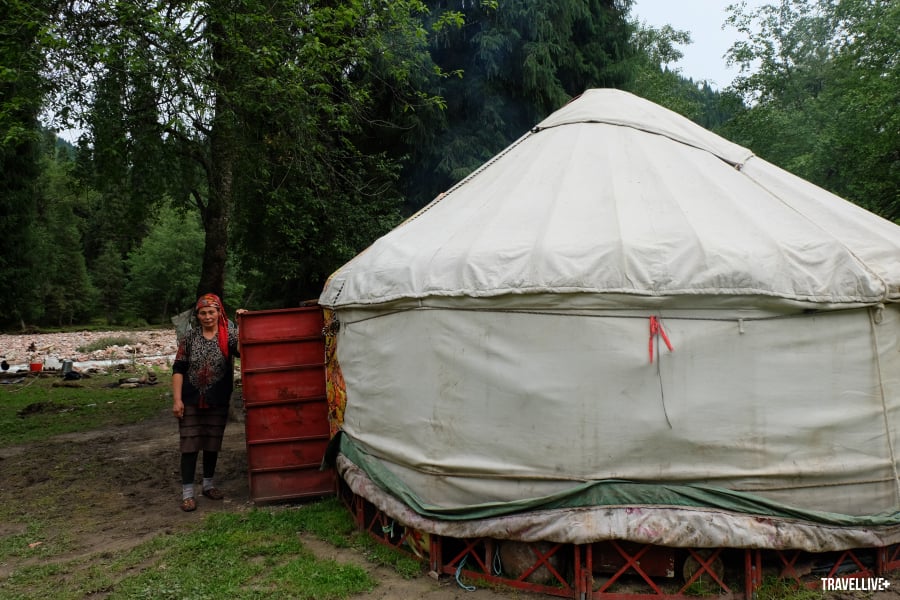
Meanwhile, Xinjiang winter is strangely magical with the image of thousands of cattle huddled together in smoky tents under the majestic snowy mountains. Xinjiang is covered with a mysterious and primitive beauty not only by the colors of trees, flowers, rivers, lakes or snowy mountains but also by the unique tectonic regions woven into legends. Somewhere there is also the shadow of "demons" with mounds of different heights and many ancient castles in medieval style. Legend has it that the castles were formed thanks to the dry climate and sandstorms. Strong winds carved the shape of the rocks, making them look like proud palaces in the desert or ships sailing through big waves. But some are as scary as the hideous faces of demons.


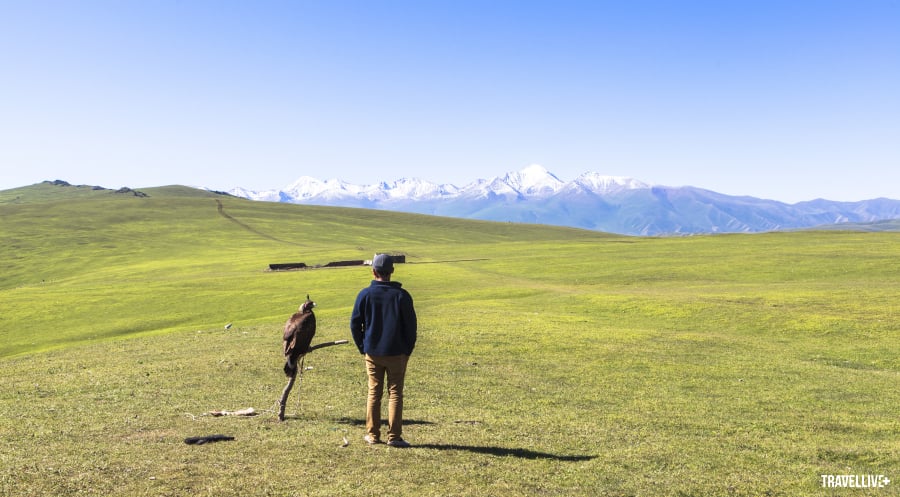
Xinjiang today remains a remote and tightly controlled region by the Chinese government. But these reasons are not enough to stop many tourists who are hoping to decipher a real paradise that exists on earth.
10 moments that make Xinjiang look like paradise on earth1. Watch the sunset at Five-Colored Bay 2. Watching Hoa Moc village in the morning mist 3. Trekking along Kanas Lake 4. Visit the lavender fields in Ili 5. Horse riding in Bayanbulak plateau 6. Sleeping in a Uyghur nomadic tent 7. Boat ride on Thien Tri Lake 8. View the Mekong River from above 9. Camel riding in the Devil's City of Urho 10. Stroll at Swan Lake and Tantric Buddhist monastery. |
_result.jpg_3.jpg)
More information:
+ Itinerary:Travelers often start their journey to Xinjiang from the capital city of Urumqi. From Vietnam, there are no direct flights to this city, and most visitors have to transit in major Chinese cities such as Beijing, Shanghai, Chengdu, and most commonly Guangzhou. You can book tickets through China Southern Airlines, China Eastern Airlines, China Air, or some flights in conjunction with Vietnam Airlines. Round-trip fares range from 12-20 million VND depending on the airline and time of booking.
Another way to get to Urumqi is by road for those who prefer to experience the Karakoram Road. Travelers will take local buses from the Pakistani city of Rawalpindi to Kashgar in the Xinjiang Uygur Autonomous Region, a distance of 1,300 km.
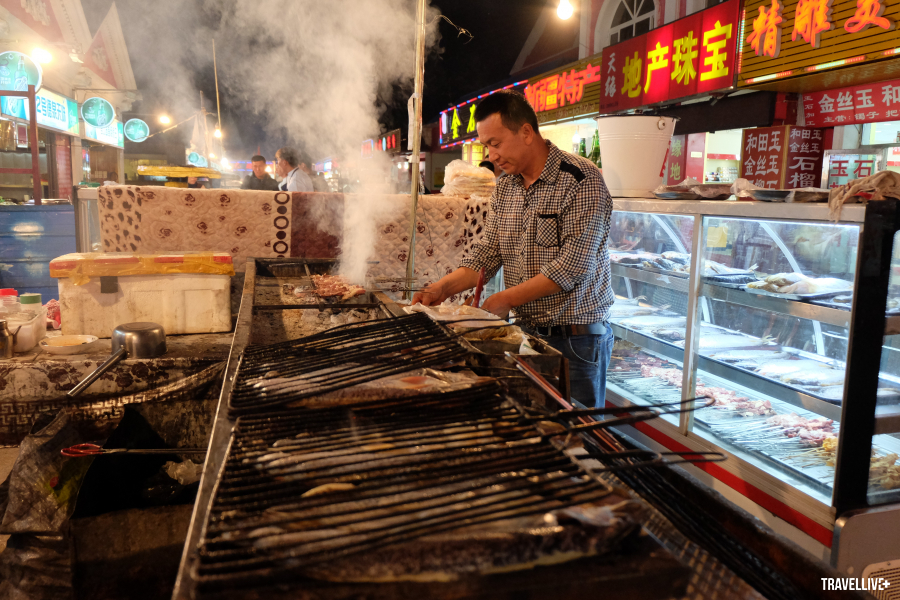
+ Sightseeing vehicle:You can rent a car and arrange a schedule with the driver to visit the scenic spots in Xinjiang. This land is still unstable, so the driver will help tourists register in advance at some checkpoints along the route. This will save time and procedures. Renting a car also gives you the flexibility to stop at some areas with beautiful natural scenery along the way.
+ Activities:Xinjiang is an autonomous region with a large area, so most tourists with less than 2 weeks cannot visit it all. If you love natural scenery, you can visit the Northern part of Xinjiang. If you want to learn about historical sites related to the Silk Road, visit some places in the Southern part of Xinjiang with its vast desert system.

+ Hotel:To ensure the safety of foreign tourists, the Xinjiang government only allows certain hotels to accept international tourists. You should check this information before booking or ask your driver to book for you. Hotels in the Urumqi area and other urban areas often have security checks in front of the hotel. The cost of a double room in Xinjiang is from 450,000 to 600,000 VND for a 2-3 star hotel. Sleeping in a round tent or homestay costs from 150,000 to 200,000 VND/person.
+ Food and drink:Xinjiang cuisine is spicier and spicier than mainland Chinese cuisine. They often use round bread instead of rice and use a lot of lamb and goat in their meals. You can easily find Chinese restaurants all over Xinjiang. Fruit is also one of Xinjiang's specialties with apples, pears, plums, peaches, grapes and especially juicy red pomegranates.

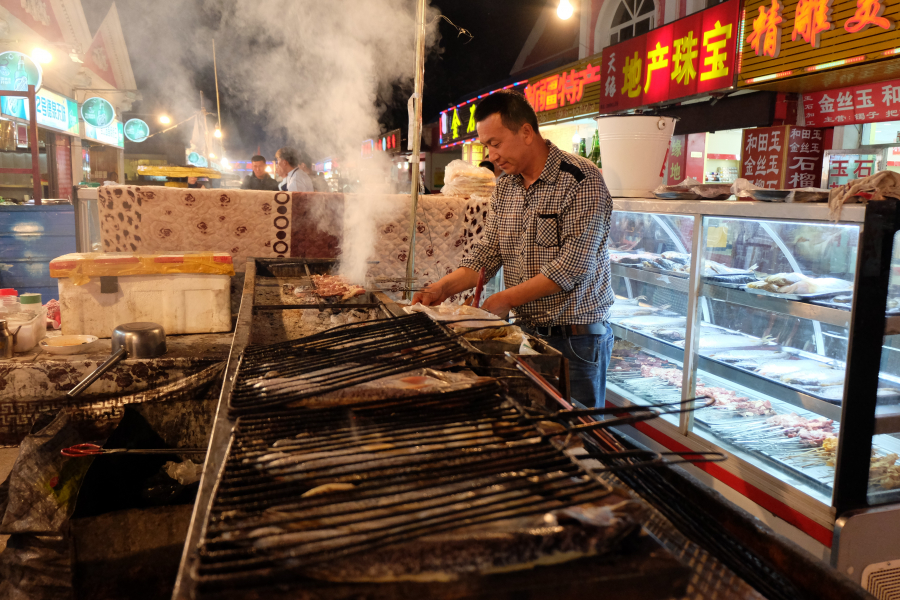
+ Weather:Xinjiang's terrain is very complex, with the northern part being covered with eternal snow, so the climate is very cold, and some roads are still covered with ice and snow in the summer. In the southern part, the desert climate is dry and hot in the summer, with temperatures reaching over 45 degrees Celsius. The best time to visit Xinjiang is in the fall or spring when the weather is not too cold and the nature in Xinjiang is more brilliant with colorful carpets of flowers and ginkgo.
+ Security:Despite being considered a volatile autonomous region of China, Xinjiang is still considered a safe land for foreign tourists. The Chinese government has set up checkpoints everywhere, especially in crowded areas such as markets, airports, tourist attractions and on the highway system.





